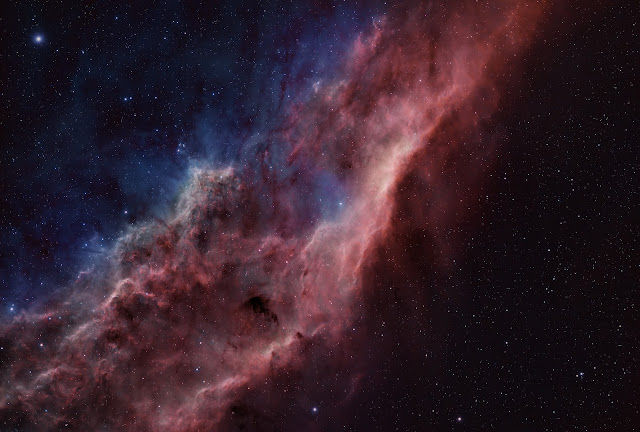New mount Ioptron Ieq45mark 2 with GPS & 8407 controller.
William Optics FLT110 DDG TMB Triplet------Starlight express SXVF M25C colour camera
William Optics GTF81 5 element apo-------------Starlight express Lodestar guider.
Me and a fellow Breckland AS member Andy went to collect on Tuesday, Since then I haven't been out of the observatory carefully setting up aligning/balancing and installing cables and new software.
The biggest issue I had was trying to remove ASCOM 5 to upgrade to 6. It had also disabled Microsoft. net framework. Had to remove and update to version 4. So thanks to Andrew this time for his wisdom.
I am pleased yo say that is now all done and time to play.
Image acquisition will be done with and old favourite of Images plus. They support SX cameras via ASCOM . I intend to sell the Canon 40d soon but not before I call on a few faint fuzzies to test the new scope. I also can't wait for the next lunar cycle as you can see from previous posts I have developed my interest in lunar photography. I am eagre to test the resolving power and the quality of images I can come up with.
So time to close the dome it has clouded over. Goodnight all.












